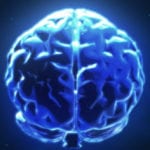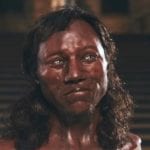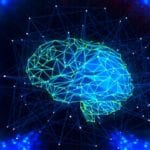 Technology
Technology  Technology
Technology  Humans
Humans 10 Everyday Human Behaviors That Are Actually Survival Instincts
 Animals
Animals 10 Animals That Humiliated and Harmed Historical Leaders
 History
History 10 Most Influential Protests in Modern History
 Creepy
Creepy 10 More Representations of Death from Myth, Legend, and Folktale
 Technology
Technology 10 Scientific Breakthroughs of 2025 That’ll Change Everything
 Our World
Our World 10 Ways Icelandic Culture Makes Other Countries Look Boring
 Misconceptions
Misconceptions 10 Common Misconceptions About the Victorian Era
 Mysteries
Mysteries 10 Strange Unexplained Mysteries of 2025
 Miscellaneous
Miscellaneous 10 of History’s Most Bell-Ringing Finishing Moves
 Technology
Technology Top 10 Everyday Tech Buzzwords That Hide a Darker Past
 Humans
Humans 10 Everyday Human Behaviors That Are Actually Survival Instincts
 Animals
Animals 10 Animals That Humiliated and Harmed Historical Leaders
Who's Behind Listverse?

Jamie Frater
Head Editor
Jamie founded Listverse due to an insatiable desire to share fascinating, obscure, and bizarre facts. He has been a guest speaker on numerous national radio and television stations and is a five time published author.
More About Us History
History 10 Most Influential Protests in Modern History
 Creepy
Creepy 10 More Representations of Death from Myth, Legend, and Folktale
 Technology
Technology 10 Scientific Breakthroughs of 2025 That’ll Change Everything
 Our World
Our World 10 Ways Icelandic Culture Makes Other Countries Look Boring
 Misconceptions
Misconceptions 10 Common Misconceptions About the Victorian Era
 Mysteries
Mysteries 10 Strange Unexplained Mysteries of 2025
 Miscellaneous
Miscellaneous 10 of History’s Most Bell-Ringing Finishing Moves
10 Unexpected Results Of The Genealogy DNA Craze
Genealogy is the term used to define the study of one’s ancestors. In particular, genealogists seek to identify who is related to whom in the various branches of a family tree. For generations, this has primarily been done through tracing vital records such as birth and death certificates, marriage licenses, and census records.
But a new trend is developing: identifying family lineage via DNA samples. More people submitted their DNA for family history purposes in 2018 than in all previous years combined.
The millions of genetic profiles now in genealogical databases are beginning to be used for alternative purposes. Cold cases are heated up. Identity thieves are discovered. Ancient mysteries are solved. A dedicated nonprofit has even been created to use these DNA samples.
Here are 10 unexpected results of the genealogy DNA craze.
10 Golden State Killer (East Area Rapist)

In the 1970s, Joseph James DeAngelo tormented California. The man known as the “East Area Rapist” and the “Golden State Killer” murdered at least eight people and raped up to 50 women during his rampage. His identity remained a mystery for decades as dozens of horrendous crimes went unsolved.
DeAngelo was finally arrested in 2018. It turns out that the man responsible for so much destruction had served as a police officer for much of his spree before he was fired for shoplifting. He was arrested after police secured a DNA sample from his door handle while he was shopping at Hobby Lobby.
DeAngelo had left DNA behind at several murder scenes. But investigators were only able to track him down by submitting his samples to genealogical databases that people use to track their family histories and discover new relatives.[1]
9 Double Murderer Arrested
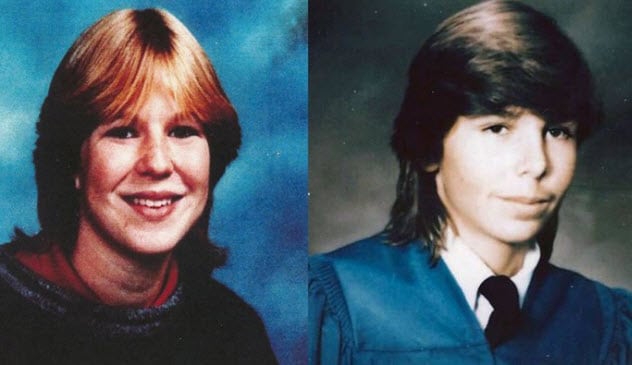
In 1987, 18-year-old Tanya Van Cuylenborg left British Columbia for a vacation with her 21-year-old boyfriend, Jay Cook. The couple never arrived at their destination, and their deceased bodies were found a short time later. Police would investigate approximately 350 suspects, but the case remained cold despite their best efforts.[2]
All that changed in early 2018 when police contracted with a private lab to trace crime scene DNA in the same manner in which law enforcement officers tracked down Joseph James DeAngelo. Their discoveries led them to a commercial truck driver by the name of William Earl Talbott II.
Three weeks and one discarded coffee cup after DeAngelo was arrested, police announced that they had used the same genealogical strategy to arrest the man they believe is guilty of these two murders.
8 Rapist-Murderer Caught
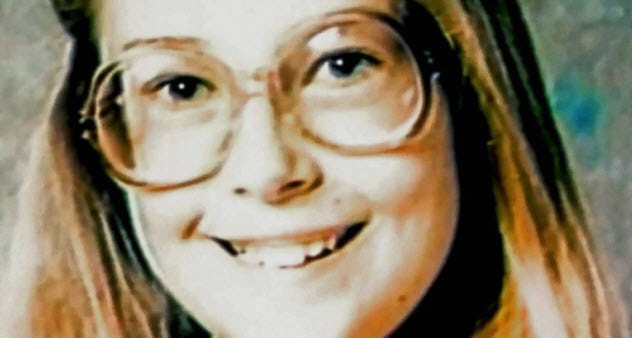
Genealogical DNA has also been used to solve the cold case of a 12-year-old girl raped and murdered in 1986. After dropping her sisters off at a local park, Michella Welch returned home to make sandwiches. When her sisters did not return, Welch went back to the park to look for them but never returned. Her body was discovered later that evening.
Investigators turned to genealogical DNA after three decades without a significant break in the case. A genealogist took a genetic sample obtained from the crime scene, built a profile, and compared it to public records. A couple steps later, the culprit had been narrowed down to one of two brothers.[3]
Police obtained food utensils used by the brothers and began to focus on Gary Hartman. He was arrested in June 2018 on charges of first-degree rape and first-degree murder.
7 Missing Father Found
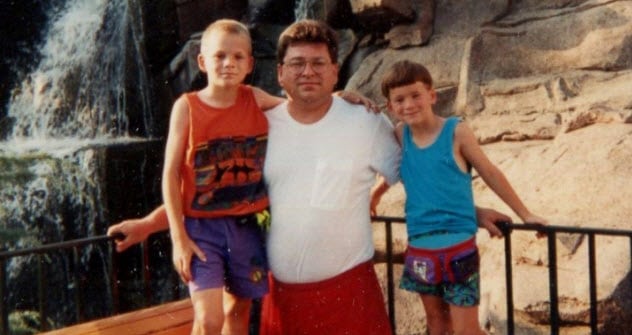
In 1993, Richard Hoagland called his wife after work and said he was not feeling well and needed to go to the hospital. The married father of two boys disappeared that evening.
When a card from Hoagland arrived later that summer for his two boys, police were suspicious of the wife and concerned about an elaborate ruse. Their fears proved unfounded, and the wife was cleared. Hoagland was officially declared dead 10 years later.[4]
But Hoagland was not really deceased. He had abandoned his family, assumed the identity of a dead fisherman, remarried, and even had a child.
He might have gotten away with it if not for genealogy. The fisherman’s real nephew was working on a genealogy project on Ancestry.com in 2016 and was puzzled to see his dead uncle was married a few years after he supposedly had died.
Police followed up, and Hoagland eventually confessed. He was sentenced to prison for identity theft and ordered to pay nearly $2 million in back child support.
6 Teacher Killer Arrested

Christy Mirack never showed up for work on a December day in 1992. A coworker went to the house of the 25-year-old schoolteacher to see if she was okay and discovered that she had been raped and murdered. Authorities had a number of clues but went decades without any major breaks in the case.
Police recently contracted with a private lab to use DNA found at the crime scene to create a genotype of the killer. When the scientists ran the profile through a database of public genealogy DNA samples, they found a match.
The DNA belonged to Raymond Rowe, a popular DJ who went by the stage name of “DJ Freez.” After performing at an elementary school, he left behind a water bottle and a piece of gum that police used to verify his DNA. Rowe was arrested and is currently being held without bail.[5]
5 Dead Mother’s Identity Discovered
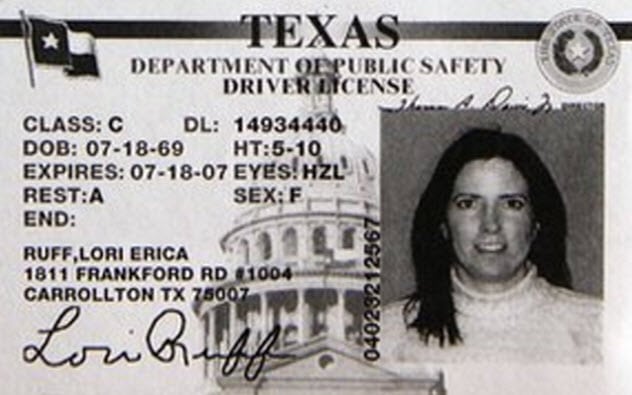
Kimberly McLean struggled to adjust to the divorce of her parents and fled her Pennsylvania home at age 18. She told her parents not to try to find her and illegally changed her name twice to ensure that she would not be found. Under the name Lori Ruff, she made her way to Texas, got married, and had a child. The challenges of life eventually proved too much, and McLean committed suicide.
A lockbox found after McLean’s funeral revealed many details about her troubled past but did not contain her actual identity. The family worked with a Social Security investigator to try to find answers. They searched for clues and even published a newspaper article about the mystery. But it was not until genealogical DNA became involved that it was learned that the missing woman from Pennsylvania and the suicide victim from Texas were the same person.
A forensic genealogist used the DNA of McLean’s daughter and submitted it to different genealogy companies with large databases. A family tree was created using the resulting data, and extended family members were located who identified Lori Ruff as Kimberly McLean.[6]
4 New Hampshire Murder Mystery
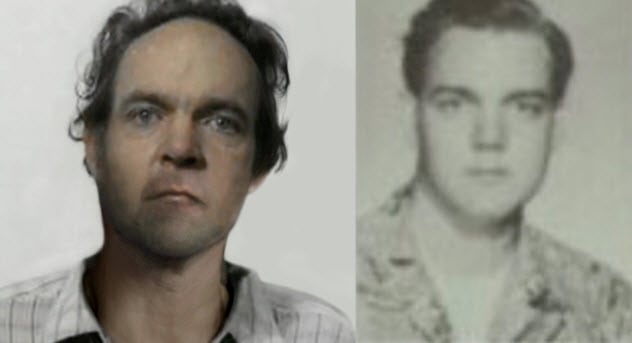
One of New Hampshire’s biggest murder mysteries was solved using genealogy and DNA. A steel drum was found in a state park in 1985 that contained the dismembered remains of murder victims. Another barrel was found in 2000 when a new state trooper investigated the case and found additional remains that investigators had missed in 1985. Police identified at least 476 people who had been in the area during the time of the murder, but they had never zeroed in on a suspect.[7]
A genealogist used DNA to determine that the murderer was the father of one of the children found in the barrels. Terry Peder Rasmussen—also known as Curtis Mayo Kimball, Bob Evans, Gordon Jenson, and Larry Vanner—had already been sent to prison for killing and dismembering his wife and is suspected in the deaths of at least six women and children.
Rasmussen was unable to confess as he had died years earlier while serving his murder sentence.
3 Taunting Killer Tracked Down
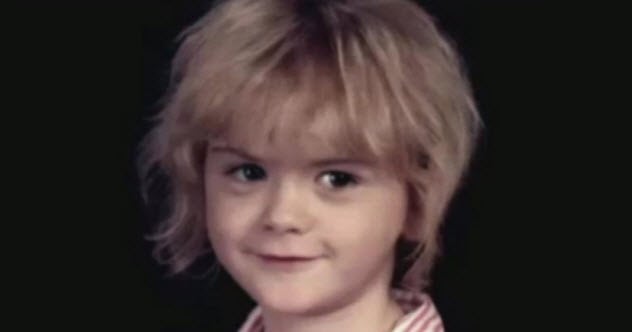
The body of eight-year-old April Tinsley was found in an Indiana ditch 30 years ago. Two years later, police discovered a note in a barn taunting them for their investigation. It read, “I kill 8-year-old April M Tinsley did you find her other shoe haha i will kill agin.” The taunting continued a decade later when the killer left notes and other items for the police along with the threat to kill again.
The 30-year-old cold case was ultimately solved in 2018 thanks to DNA made available through genealogical databases. By taking DNA obtained from the crime scene and the taunting notes, genealogists identified the killer with the same process that they would have used to help an adopted person find his biological parents.
John D. Miller was questioned by police and ultimately confessed to the confinement, molestation, and murder of Tinsley.[8]
2 Titanic Mystery Solved

Genealogical DNA also helped solve a decades-old mystery surrounding whether Loraine Allison survived the 1912 crash of the Titanic. Two-year-old Allison was aboard the Titanic when it sank, and reports indicated that she died. However, while the bodies of her parents were found, there was no physical evidence that Allison had perished.
Nearly 30 years later, a woman by the name of Helen Kramer went on the radio program We the People and claimed to be Allison. Her claim was suspicious, and few relatives believed her assertions. When she died in 1992, her story remained unresolved and came to be known as the last great mystery of the Titanic.[9]
A group of Titanic researchers solved the mystery by collecting DNA from Kramer’s living relatives and performing identification tests used in genealogical research. The results showed that Kramer’s story was a hoax.
1 Cold Case Coalition
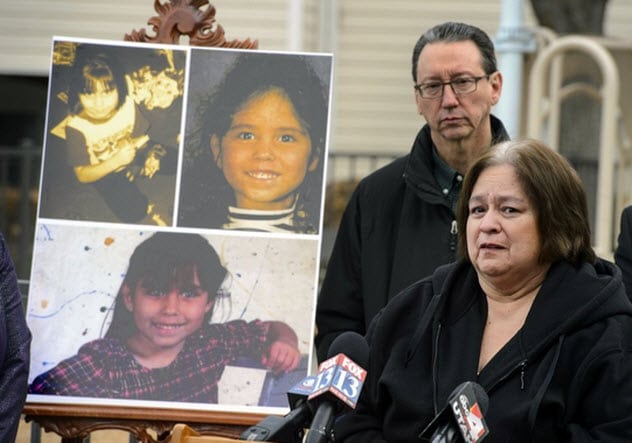
The frequency of cold cases being solved via genealogical DNA samples has even led to the creation of an organization dedicated to the cause.
The Utah Cold Case Coalition is a nonprofit organization created to help solve cold cases. The nonprofit was originally formed to raise awareness about an unsolved 1995 murder, but it has evolved to help families in a variety of open cases in Utah, where genealogy is a popular statewide pastime. The group accepts anonymous tips, provides rewards, and actively encourages providing genealogical DNA samples to compare against accessible databases.[10]
“Our coalition has identified several unsolved murders where DNA is available for comparison, but it doesn’t match law enforcement databases,” said cofounder Karra Porter. “Genealogists could help solve these crimes.”
Kurt Manwaring is a syndicated freelance writer at fromthedesk.org.
Read more incredible stories about DNA on 10 Incredible Things Scientists Did With DNA For The First Time and 10 Weird Things We’ve Learned About Ourselves From Genetics.

